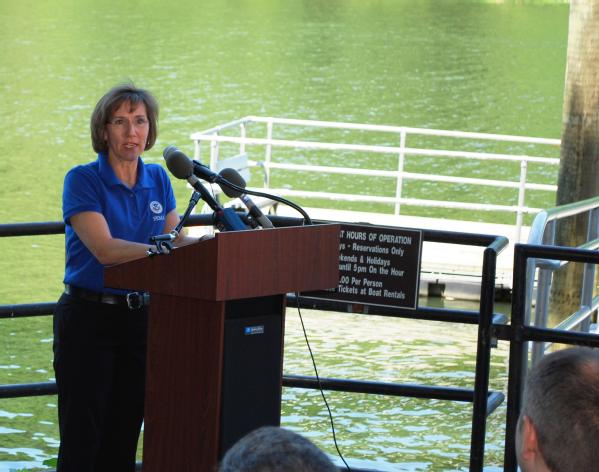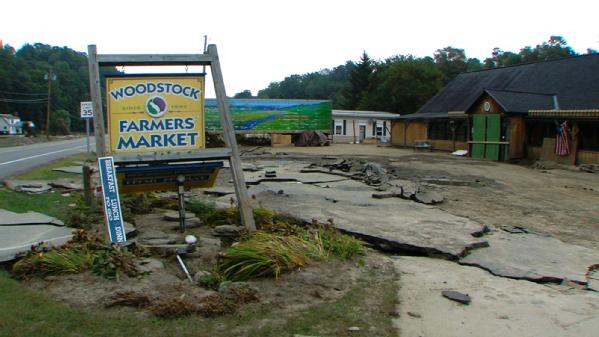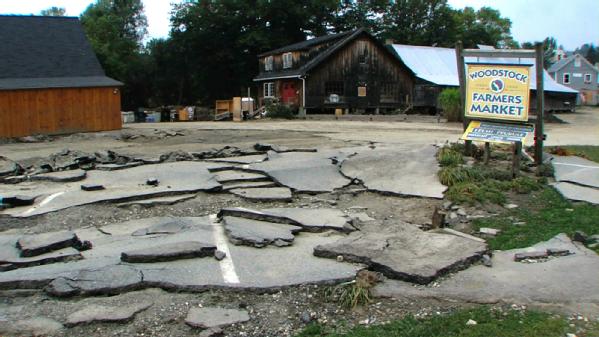Lessons from Andrew: CNN’s John Zarrella
Editor’s Note: John Zarrella is responsible for CNN's coverage of news in Florida, Central and South America and the Caribbean. Since joining CNN, he has covered every major hurricane to hit Florida and the Gulf Coast.
The views expressed by John Zarrella do not necessarily represent the official views of the United States, the Department of Homeland Security, or the Federal Emergency Management Agency. FEMA does not endorse any non-government organizations, entities, or services.
As we drove south on Florida’s turnpike the damage was getting worse with every mile. At first as I looked to the east and west, it was just trees and power lines down. A bit further road signs and light poles were sprawled across the highway as the first real glimpse of Hurricane Andrew’s destructive force came into view.
By the time we reached Cutler Ridge in South Miami, roofs were gone, facades crumbled, buildings split open. With so much debris now covering the turnpike, we couldn’t go any further.
It was about ten a.m., just five hours after Andrew bulldozed a path of pain and suffering and death across South Florida. The real misery, no homes to come home to, no power, no water, no gasoline, wouldn’t set in for days. When it did, the misery lingered like a fog that wouldn’t lift.
As we walked through what was left of one home, the woman turned to me and said, “Have you ever felt the devil breathing down your neck? We had the devil here last night.” I’ve often wondered during the past twenty years, how she and her family made out. With street signs gone and one demolished neighborhood looking just like the next, we never found her home again.
Much has changed since that August day. The neighborhoods have been rebuilt. Homes are stronger thanks to new building codes that rose up from the rubble Andrew left behind. But when I talk with the experts, there is a real fear that many of us are still not as prepared as we should be despite Andrew and Katrina and Ike and Rita and Wilma and Charlie.
Why? Here’s a case study. I recall quite vividly just twenty-four hours after Wilma, a category three storm, hit Broward County, Florida hard the lines for water and gasoline and propane and groceries sprung up everywhere. People were driving to the west coast of Florida and north to Orlando to find gasoline and generators.
This was the same year as Katrina and Rita. You would have thought for sure people would be ready. They’d have at least three to five days of supplies on hand. On top of that, this was Florida, the best prepared state. And emergency managers say the longer between major storms striking the U.S. the more the hurricane malaise sets in. That’s a false sense of comfort.
Here’s another. I can’t count the times over the years of covering hurricanes for CNN that someone has said to me, they’d been through this hurricane or that one and weren’t evacuating. Problem is they were only in the fringe of the storm.
In the past twenty years since Andrew, technology has vastly improved our ability to communicate warnings before storms hit and to respond more quickly to stricken areas after the storm has passed. The science of forecasting the path of a storm has dramatically improved, reducing the number of people who should evacuate which saves money.
But the ability to forecast rapid changes in intensity either up or down, says Bill Reed the outgoing Director of the National Hurricane Center, isn’t much better now than twenty years ago. Consider this, Andrew was a tropical storm just forty-eight hours before it hit as only the third category five hurricane to ever strike the United States.
With June first upon us, take the time to stock up your hurricane kit. And if you are faced with a decision this year on whether to evacuate, just remember what that woman told me after Andrew. “We had the devil here last night.”






